Maurya Empire
Maurya dynasty (321 BC - 185 BC)
- Founder - Chandragupta Maurya
- Next successor - Bindusara
- Most important ruler - Ashoka
- Last ruler - Brihadratha
Mauryas were the first to establish a pan India empire.
Chandragupta Maurya - Dhananand was defeated and killed by Chandragupta Maurya in 321 BC. The defeat of Nanda ruler was possible due to the active support of Vishnugupta or Kautilya or Chanakya.
Chanakya is also known as 'Indian Machiavelli'.
Machiavelli (Italian) wrote 'The Prince' in 1513. There were many similarities between Chanakya's Arthshastra and Machiavelli's The Prince. Both were related to the authority of King. As per both the texts -
- King must be very authoritative.
- King must be the strongest person in the Kingdom.
- King needs to be brutal and punishing when it comes to his own interest.
- King must know the effective use of the policy of Shaam-Dam, Dand-Bhed.
The political mechanisation devised by Kautilya against the Nanda ruler is mentioned in historical work 'Mudrarakshasa' written by Vishakhadatta.
In 305 BC, Chandragupta Maurya fought with Seleukas Nikator (Greek governor of Alexander). Again with the active support of Kautilya, he defeated Nikator. After the battle, a friendship treaty was signed where by Nakator gave areas lying west of River Indus to Mauryas. He also married his daughter Helena with Chandragupta Maurya. As per the treaty, one Greek ambassador Megasthanese was appointed in Maurya's court. He wrote a very famous book 'Indica' which provides detail about social and political condition during Maurya period.
Under the influence of a Jain monk Bhadrabahu, Chandragupta Maurya professed Jainism and decided to shift to a place called Shravan Belgola in Karnataka. At this place, Chandragupta followed extreme Jain penance 'Sallekhana' (Santhara) and died in typical Jain fashion in 299 BC.
Bindusara - After the death of Chandragupta Maurya, his son Bindusara came to power. Bindusara maintained cordial relation with the ruler of Egypt, Philodelphius Ptolmy and Syrian ruler Antiochus.
Bindusara requested for sweet wine, fig and philosopher from the Syrian ruler. Though Syrian ruler sent sweet wine and fig but refused to sent philosopher as the rule of Syria did not allow it.
In 299 BC, Bindusara convened First Jain Council at Patliputra after the death of Chandragupta Maurya by Sallekhana. One of the major development of this council was division of Jainism in two branches - Swetambar and Digambar.
After the death of Bindusara in 273 BC, a war of succession started among his son which continued for next 4 years. In 269 BC, one of his son Ashoka emerged successful after killing 100 of his brothers (as per Mahavamsa).
Ashoka (269 BC - 232 BC) - Ashoka is considered as the first Chakravarti Samrat, i.e., one who ruled in all directions.
3 Phases of Ashoka's life -
- Kama Ashoka - when his indulged mostly into physical pleasure
- Chanda Ashoka - aggressive phase/brutal phase, when he did military annexation (large massacre)
- Dhamma Ashoka - when Ashoka accepted Buddhism and propagated tenants of Buddhism
Kalinga War - Kalinga was important as it had some natural ports and was important for overseas trade. So, he attacked Kalinga in his 9th year after coronation (261 BC). This war happened at Dhauli at the banks of River Daya. It is said that near about 1 lakh soldiers died in this battle. When Ashoka saw blood red Daya River, he was filled with guilt and remorse. He decided to abandon the policy of Bherighosh (military annexation). After Kalinga war, Ashoka accepted Buddhism (earlier he was the follower of Ajivika) and started the policy of Dhammaghosh (socio-cultural annexation).
In 250 BC, Ashoka convened Third Buddhist council at Patliputra. It is considered to be the most important council because of the developments which happened in this council. For example - reform in Buddhism, composition of Abhidhamma Pitaka and Buddhist missionary activity.
Ashoka sent his son Mahendra and daughter Sanghmirta to Sri Lanka for the propagation of Buddhism. They also took a sapling of original Bodhi tree to Sri Lanka. In this way, the original tree survived in Sri Lanka when Shashank cut down the Bodhi tree.
He also sent various Buddhist mission to east Asia and Central Asia.
Ashoka after establishing a very large Maurya Empire died in 232 BC. After his death, Mauryan territory started to disintegrate under the weak successor. The last Mauryan ruler Brihadratha was assassinated by one of his minister Pushtyamitra Shunga in 185 BC.
Administration of Mauryas - There were 7 organs of the Mauryan administration. They were popularly known as 'Saptanga'.
- Swami - Saptang
- Ammatya - Minister
- Kosha - Treasury
- Bala - Army
- Durga - Fort
- Mitra - Ally
- Shatru - Enemy
Important officials -
- Dhamma Mahammatyas - Minister associated with the propagation of Dhamma (doctrine of Buddhism/moral & ethical code of conduct)
- Shulkadyaksha - Chief tax collector
- Sitadyaksha - Minister responsible to look after royal land
- Nagarika - Superitendent of city administration
- Bhedaj - Physician
- Samaharata - Chief treasurer
Mauryas also established a very good network of espionage known as 'Guptachar vibhag'.
Mauryan rulers were also aware about importance of public welfare where by they created public hospitals and also improved irrigation facilities by creating canals and digging wells.
Perhaps, Ashoka was the first ruler who created a wildlife sanctuary for the protection of animals.
Society during Mauryas - As per the Megasthanese, there were 7 caste in the Mauryan time, which are as follows -
- Councillors
- Priests
- Shramana (Monks)
- Herdsman
- Peasants
- Philosophers
- Artisans
It seems that he was confused profession with the caste.
There was mobility in the society and people can rose to important position with their capacity and capability.
Religious toleration and accommodation was also very well there in Maurya time.
Generally, Shramanas and Brahmins were accorded high respect and many a time they were exempted from paying some taxes.
Women and elders were also respected in the society and there were instances of women being appointed to some official position.
Status on Slavery - According to indigenous sources, Slavery existed during Mauryan time but Megasthenese said that all Indians are free and no one of them is slave.
Previous Article - Nanda Dynasty
Next Article - Post Maurya - Outsiders
Notes on other subjects
Optional Notes
Note - This is my Vision IAS Notes (Vision IAS Class Notes) and Ashutosh Pandey Sir's Public Administration Class notes. I've also added some of the information on my own.
Hope! It will help you to achieve your dream of getting selected in Civil Services Examination 👍

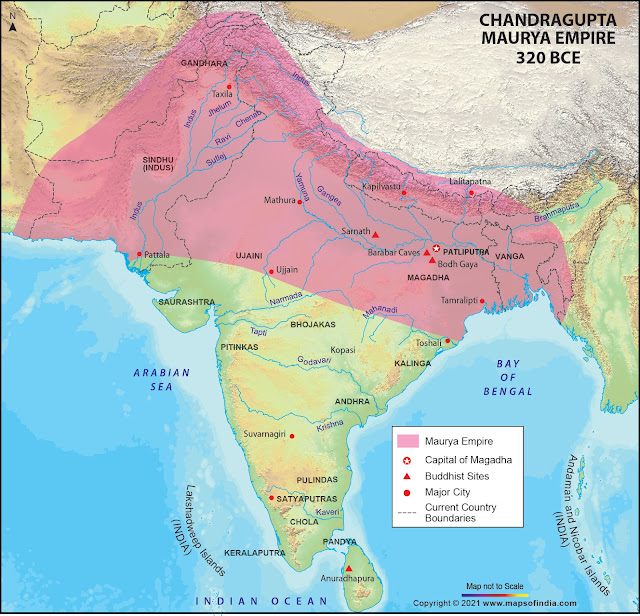
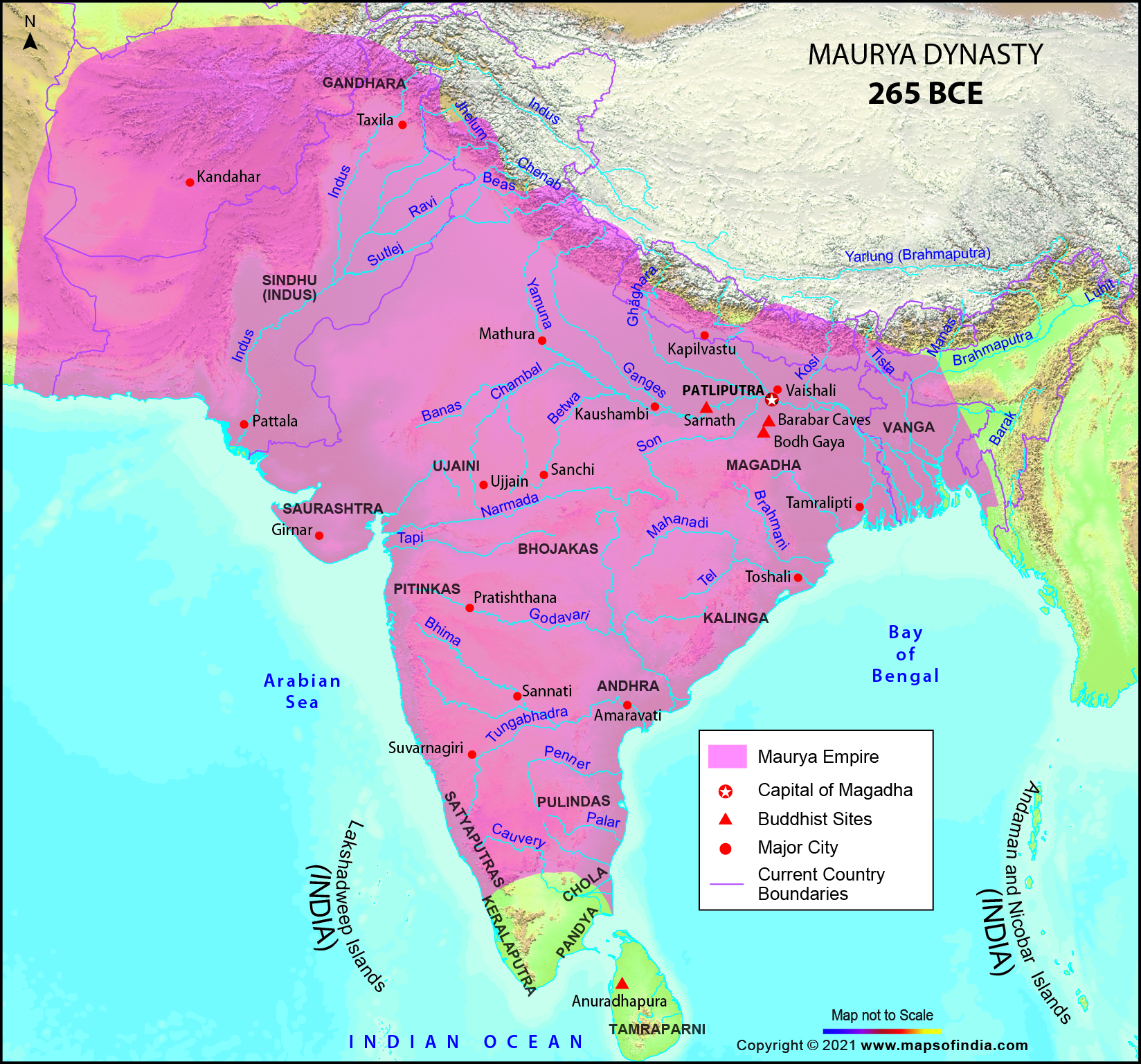
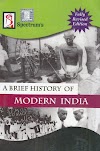
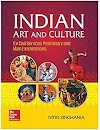
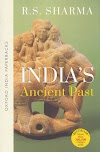
0 Comments